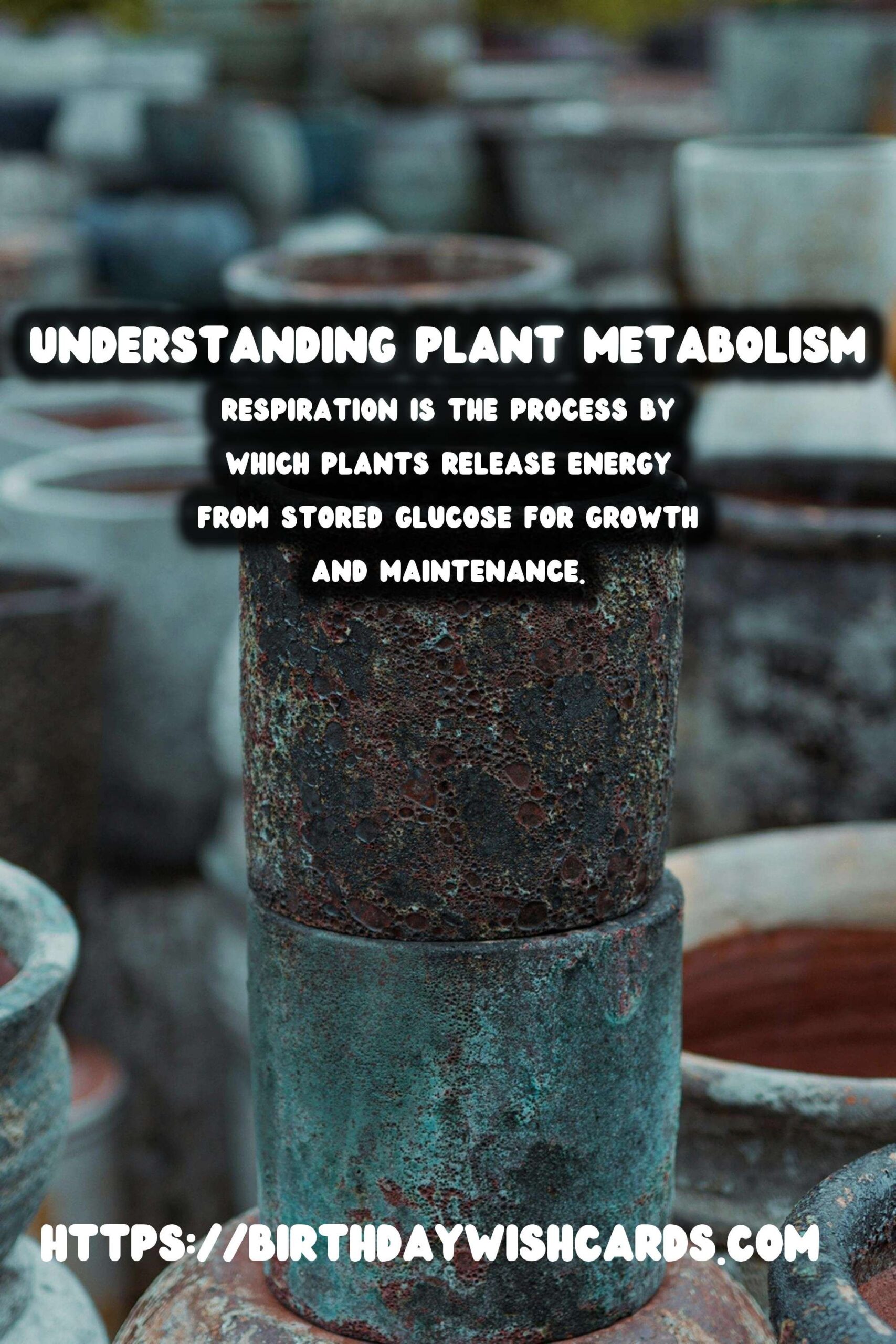
Plant metabolism is a fascinating and complex series of chemical reactions that are essential for plant growth, development, and survival. This intricate process involves the transformation of energy and materials from one form to another, enabling plants to thrive in diverse environments. In this article, we will delve into the overall process of plant metabolism, exploring the key pathways and components involved.
The Basics of Plant Metabolism
At its core, plant metabolism is divided into two primary categories: anabolism and catabolism. Anabolism refers to the synthesis of complex molecules from simpler ones, requiring energy, while catabolism involves the breakdown of complex molecules into simpler ones, releasing energy. Together, these processes enable plants to grow, reproduce, and respond to environmental challenges.
Photosynthesis: The Foundation of Plant Metabolism
Photosynthesis is perhaps the most well-known metabolic process in plants. It is the process through which plants convert light energy into chemical energy stored in glucose molecules. This process occurs in the chloroplasts, where chlorophyll absorbs sunlight and uses it to convert carbon dioxide and water into glucose and oxygen. Photosynthesis is the cornerstone of plant metabolism, providing the energy and organic compounds needed for various metabolic pathways.
Respiration: Energy Release for Growth and Maintenance
While photosynthesis captures energy, respiration is the process by which plants release energy from stored glucose. This energy is used for growth, development, and maintenance of cellular functions. Cellular respiration occurs in the mitochondria and involves the conversion of glucose and oxygen into carbon dioxide, water, and ATP (adenosine triphosphate), the energy currency of the cell.
Secondary Metabolites: Beyond Basic Metabolism
In addition to primary metabolic processes like photosynthesis and respiration, plants also produce secondary metabolites that play crucial roles in defense, communication, and adaptation. These compounds include alkaloids, terpenoids, flavonoids, and phenolics, which help plants protect themselves against herbivores, pathogens, and environmental stresses.
The Role of Enzymes in Plant Metabolism
Enzymes are vital to plant metabolism, acting as catalysts that speed up chemical reactions without being consumed. Each metabolic pathway involves specific enzymes that facilitate the conversion of substrates into products. Enzymes ensure that metabolic reactions occur efficiently and effectively, maintaining the plant’s overall metabolic balance.
Environmental Influences on Plant Metabolism
Plant metabolism is highly influenced by environmental factors such as light, temperature, water availability, and nutrient supply. These factors can affect the rate of photosynthesis, respiration, and the production of secondary metabolites. Understanding these influences is crucial for optimizing plant growth and productivity, especially in agricultural settings.
Conclusion: The Complexity and Importance of Plant Metabolism
In conclusion, plant metabolism is a complex network of chemical reactions that are essential for plant life. From photosynthesis and respiration to the production of secondary metabolites, these processes enable plants to grow, reproduce, and adapt to their environment. By understanding plant metabolism, we can better appreciate the intricate mechanisms that support plant life and explore ways to enhance agricultural productivity and sustainability.
Plant metabolism is a complex series of chemical reactions essential for growth, development, and survival. Photosynthesis is the process through which plants convert light energy into chemical energy stored in glucose molecules. Respiration is the process by which plants release energy from stored glucose for growth and maintenance. Secondary metabolites play crucial roles in plant defense, communication, and adaptation. Environmental factors such as light, temperature, and water availability significantly influence plant metabolism.
#PlantMetabolism #Photosynthesis #Botany #PlantBiology #Agriculture

